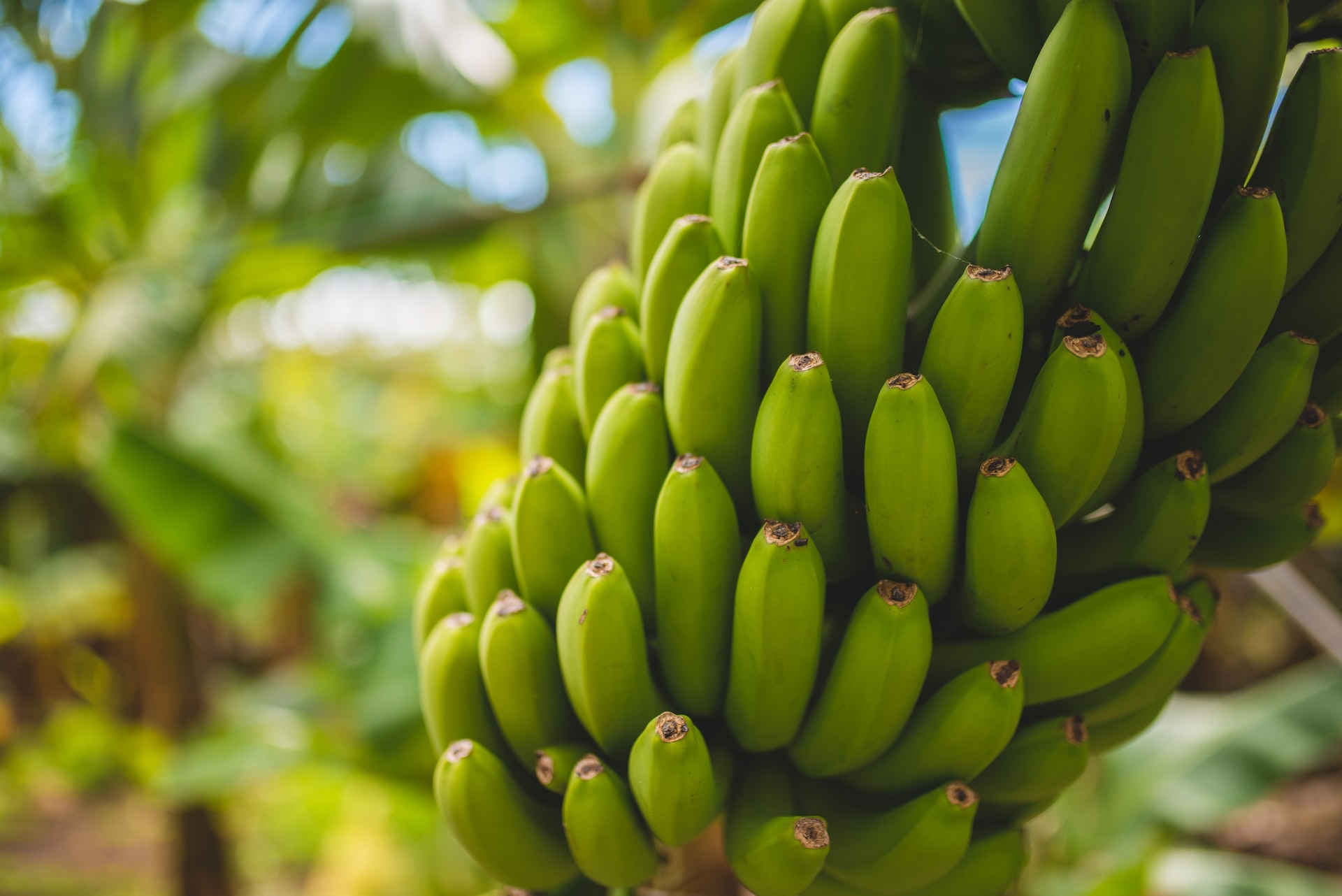
Body + Mind is reader-supported. We may earn an affiliate commission when you buy through some of the links on our site.
The reality of baking is often far different from the mental image you create when searching for new recipes online. Instead of you and your kids kneading dough in perfect harmony, you spend 20 minutes mopping up melted otter you tried to soften in the microwave.
What you need is a little savvy you probably didn’t get in school, as home economics classes take a backseat to reading, writing and arithmetic. Here’s how to ripen bananas and ten other baking hacks to make your time in the kitchen more productive and fun.
To ripen bananas quickly, it helps to know what spurs the process along in the first place. The magic lies in ethylene gas, a natural plant hormone. If you want to bake a batch of banana bread in the morning but only have a green bunch, try putting them in a paper bag with a ripe apple. The ethylene from the apple will spur your enclosed bananas to ripen by morning.
What if you can’t wait overnight? In that case, put your bananas, skin and all, on a baking sheet. Pop them in the oven at 300 degrees for approximately 15 to 20 minutes or until black on the outside. Scoop out the creamy middle.
We’ve all been there. We need to get supper on the table, but the recipe we followed takes longer than the approximate time listed. How to avoid such embarrassments when you have a group of eight over for a dinner party?
Take a tip from top chefs and work your way backward when reading a recipe, calculating enough extra time for dishes to sit and cool before proceeding to the next step. Some go so far as to rewrite the recipe in different words to ensure they have it right — you decide if you want to emulate such extremes.
Adding wet ingredients to dry can result in clumps. Mixing the dry ingredients by themselves first ensures they disperse evenly — keeping you from having too much baking powder in only one corner of the cake. Furthermore, you spread out your spices, letting the savory flavor reach every last bite.
You’ve heard the saying, “Oil and water don’t mix.” This principle applies to baking — but adding eggs to creamed butter and sugar expects you to do that.
Treat your eggs like you would a new relationship. You don’t want to lay everything on at once. Instead, add one at a time, creating a creamy emulsion instead of a lumpy mess.
Finally, you don’t want to overmix. The reason lies in gluten, a wheat protein that provides the structure for cakes and bread. Overmixing results in baked goods that are chewy or stringy. Continuing to mix can result in cookies so crumbly that they fall apart when you try to take them off the pan.
Few things lead to more sighs of disappointment than your reindeer’s antlers sticking to your cookie cutter. Of course, Santa’s sleigh could have been pulled by a team of does.
However, you can keep your horns on your male deer by flouring your cookie cutters. Doing so prevents the dough from sticking, making them easier to remove.
If you don’t bake often, your brown sugar can turn into a brick in between uses. The problem results from moisture.
Remove it overnight by adding a slice of white bread to your container. The bread hardens while the sugar gets soft.
Using honey instead of sugar improves the overall health qualities of many dishes. Honey has antimicrobial properties that help you fight germs while sweetening your brownies.
However, it’s a pain to get it off the spoon. Your solution? Dip your silverware in olive oil before inserting it into the honey, and the sticky stuff will slide right off.
Anyone who has had to wash their microwave’s bottom plate after melting butter all over it knows that this device alone isn’t the best way to soften a stick. What to do instead?
Heat a mug with about two cups of water in the microwave. Cut the butter into small squares while it boils. As soon as you reach boiling, remove the container and water, enclosing the butter in the microwave. The lingering ambient heat will soften your stick without melting it into a mess.
Here’s a tip to make your next baking expedition healthier: try an alternative to all-purpose flour. You’ll have to adjust your techniques slightly, but you can substitute almond flour for the white stuff at a 1:1 ratio. You’ll enjoy greater protein intake and fewer blood sugar swings, making it easier to drop those last few pounds.
Almond flour will brown more quickly than all-purpose, so keep an eye on your oven time. You also want to avoid packing it, letting it lie loosely in the measuring cup.
Finally, do your bundt cakes always crumble when you try to remove them from the pan? Solve your problem with a few breadcrumbs.
Simply dust the inside of your baking dish with breadcrumbs after you grease it with butter or oil. The crumbs create friction that makes your cake slide onto the serving tray.
If your kitchen fun often ends a bit differently than you imagined, you might need a few tricks of the trade. Professional chefs swear by the above hacks to produce quality wares time and again.
Now that you know how to ripen bananas and these other ten kitchen hacks, it’s time to get creative. What will you and your crew bake up this weekend?
Your email address will only be used to send you our newsletter, and at any time you may unsubscribe. For more information, see our Privacy Policy.